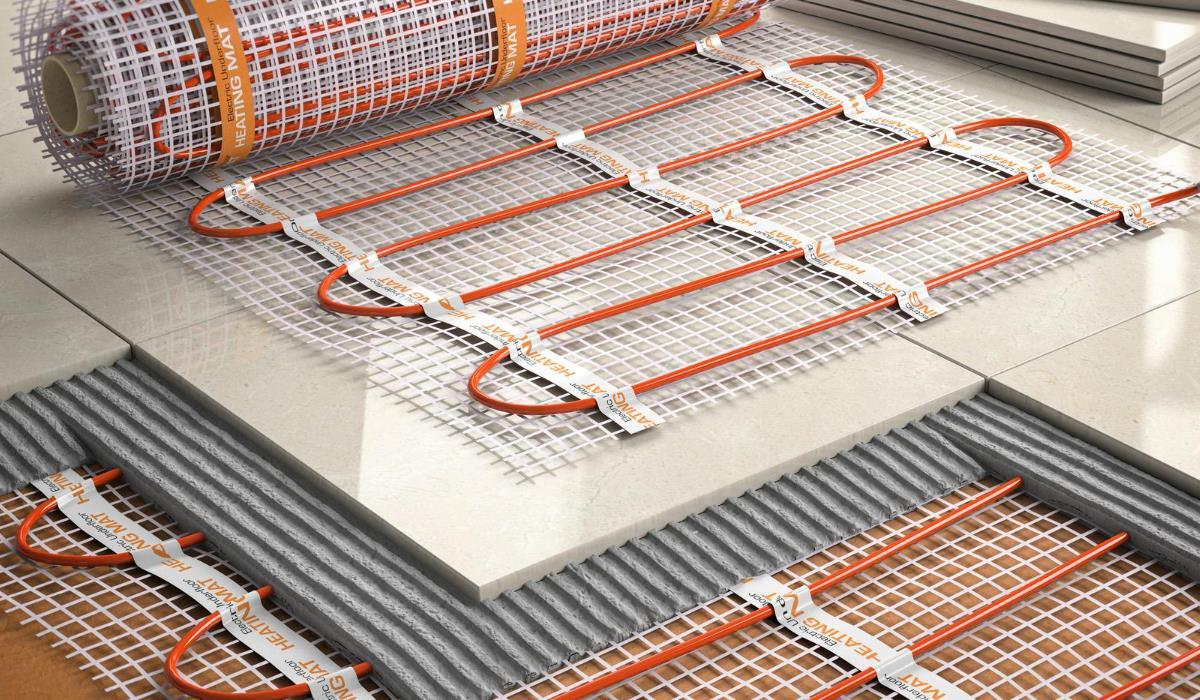Electric underfloor heating is a heating system that allows for effective and efficient heating of the room. One of the key elements of this system is a large heating surface, which allows for even temperature distribution throughout the room. In this article we will look at the two main forms of underfloor heating and discuss the differences between them. Mat or heating cables – we will help you make the right choice for your project.
Heating mats: Ready-made solution
Heating mats are a ready-made solution, which makes them more convenient to install. All you need to do is select a mat with the appropriate area expressed in square meters for the previously measured space. However, their advantages come with some limitations. Fitting the mat to non-standard surface shapes may be more difficult, which may result in unheated parts of the floor. Heating mats have a constant heating power per square meter, which is typically from 100W/m2 to 170W/m2.
Heating cables: Flexibility and Precision
Heating cables offer greater flexibility during installation, which makes them more suitable for irregularly shaped rooms. However, cable installation is more complicated. It requires the designation of cable installation locations, maintaining the minimum spacing provided by the manufacturer, and the maximum spacing should not exceed 20 cm to avoid uneven heat distribution on the floor surface. Heating cables also allow you to adjust the heating power per square meter by maintaining appropriate spacing between the lines of the laid cable. This power can range from 50W/m2 to 200W/m2, which gives the user greater control over the amount of heat supplied.
The choice between mats and heating cables

The final choice between mats and heating cables depends on your individual needs and project characteristics. Both systems can effectively heat a room, provided they are properly matched to the specifications and shape of the room. Heating mats are more convenient to install for standard room shapes, while heating cables allow for greater flexibility for irregular or unusual surfaces. The choice between them should be dictated by the specific needs of the project and user preferences. It is also worth paying attention to the fact that both underfloor heating systems can be installed directly (under the tiles) or accumulatively (in a concrete screed). In the case of heating cables, they can also be used for direct heating.
In summary, the choice between heating mats and heating cables depends on many factors, such as the shape of the room, user preferences and the type of design. Regardless of your choice, both systems can provide effective and comfortable underfloor heating, adding a pleasant element to any interior.



